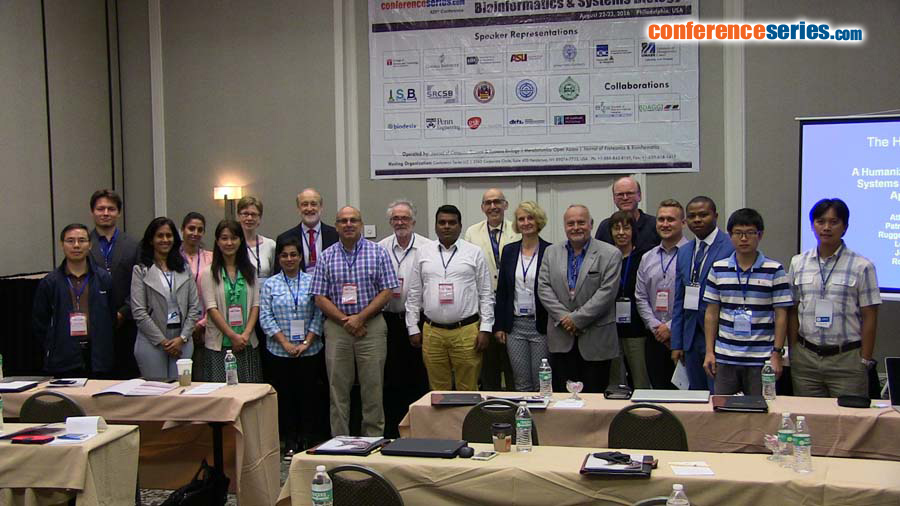
Sukanta K Pradhan
Orissa University of Agriculture and Technology, India
Title: Comparative metagenomic analysis of soil microbial communities across three hexavalent chromium contamination levels isolated from chromite mine area
Biography
Biography: Sukanta K Pradhan
Abstract
Hexavalent chromium (Cr6+) released during various industrial and mining processes leads to serious environmental problems and health hazards due to its toxic, mutagenic, teratogenic and carcinogenic properties. Microorganisms are found to be capable of converting toxic hexavalent chromium to less toxic trivalent chromium due to presence of various resistance mechanisms in them e.g. ion transport (efflux), reduction, DNA repair etc to withstand the chromate toxicity. Genes involved in chromate resistance are located either in chromosome or in plasmid of bacteria. Literature survey revealed the occurrence of chromate resistant genes among large number of bacteria across different genus and species. This paper presents the characterization of the microbial community responsible for the in situ bioremediation of hexavalent chromium. Microbial community structure was analyzed by using 16S rRNA V3 region amplicon in NextGen metagenomic sequencing method. The microbial data were generated through Illumina MiSeq platforms for three sets of soil samples which includes in situ mining site, dump site and nearby forest soil of Sukinda chromite mine of Odisha (India). Certain bacterial genera like Acinetobacter, Pseudomonas, Lactobacillus, Bacillus, Clostridium and Corynebacterium were found to be predominant in in situ mining site than dumping site and forest soil, whereas genera like (Nitrospira, DA101 and JG37-AG-70) and (Nitrospira and DA101), were found to be abundant in dumping site and forest soil respectively. Moreover, the in situ mining site exhibited a relatively higher abundance of actinomycetes than other sites. This gives an idea that actinomycetes may act as a better bioremediating agent to detoxify hexavalent chromate from chromate affected mines.



